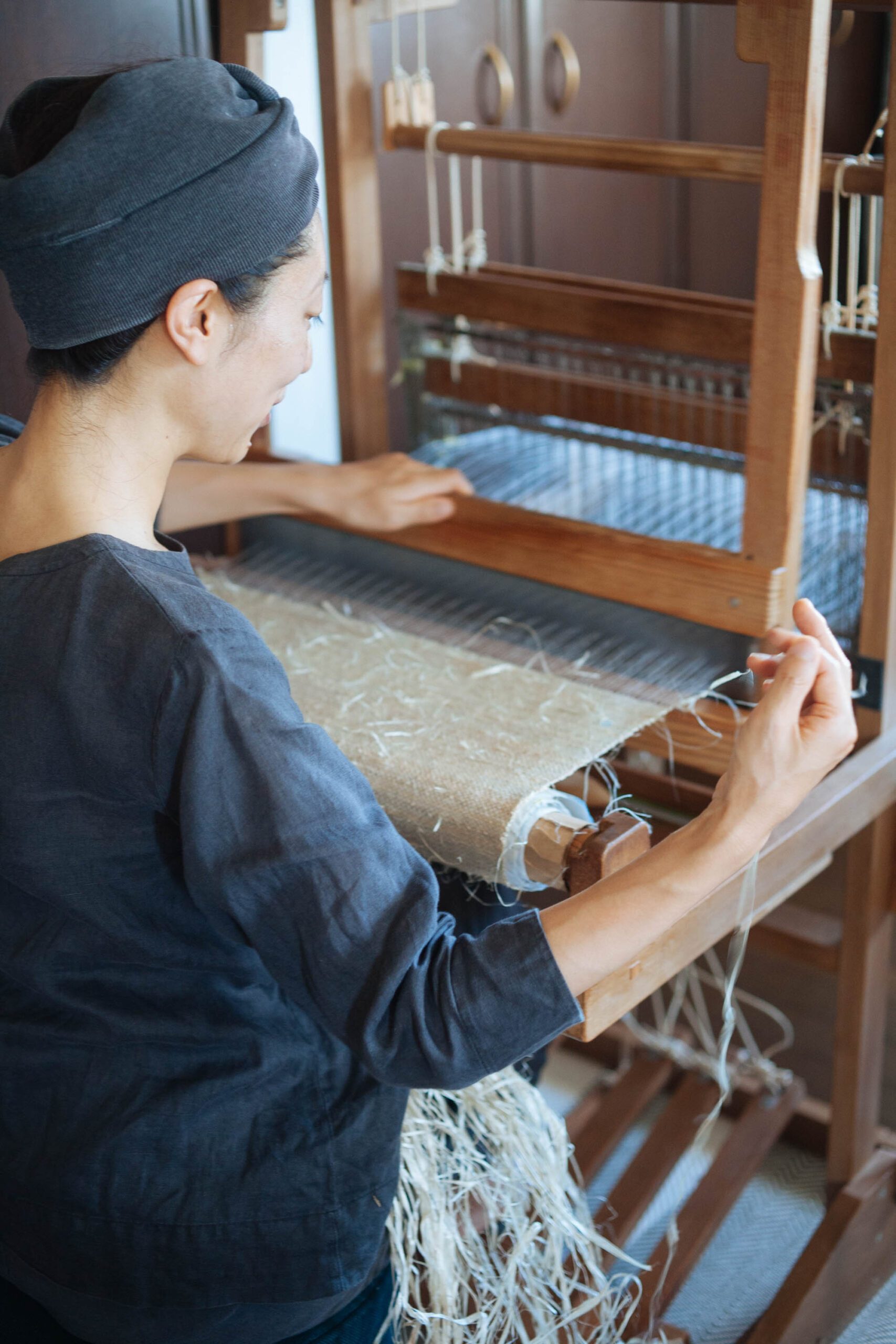“Making good dashi is the first secret of the simple art of Japanese cooking.” Shizuo Tsuji Japanese Cooking: A Simple Art

As the sun rises I wake, make a cup of coffee, and prepare to draw the day’s dashi. I place a large square of konbu, dried giant kelp, in fresh water and let it soak. Over the course of a couple of hours it relaxes. It swells and stretches, its corners curling as they meet the sloped sides of the pan. Once completely reconstituted it returns to its natural state, thick and flexible, a version of its former self swaying in the cold salty waters off the coast of Hokkaido.
With the strike of a match I light a flame under the pot and set it on a gentle path towards a boil. I unwrap a block of katsuobushi. The shaved surface of dried skipjack tuna is glossy and hard as flint stone. It whirrs high and tinny against a sharp blade as shavings a cherry blossom shade of pink fall feather light into a pile below. Tiny bubbles form in the warming water. As they begin to rise, I remove the meaty konbu. At the first roil, the shaved katsuobushi goes in and I extinguish the flame. Within moments the thin slivers have released their aroma and flavor into the water and must be strained swiftly to keep the resulting broth refined and clear.


Dashi unites the length of Japan, with konbu harvested at its northern tip in Hokkaido and katsuobushi produced at its southern tip in Kagoshima. The former flora, the latter fauna, both are drawn from the sea, dehydrated, and aged before they are destined to meet water again and release their essence to become dashi. The season of konbu is brief. It’s harvested and dried on Hokkaido’s shores during a few short summer months, then tucked away to rest. Katsuobushi is made year round from skipjack tuna caught near and far. Arriving in Kagoshima’s ports, it is quickly processed, boiled and smoked before it is dried in the sun.
Harvested from the sea and effloresced through dehydration, dashi’s ingredients are uniquely interconnected with the cycles that move water from earth to air and back again. Under a hot sun konbu and katsuo surrender their moisture into the air. The heavens soon return it. With a monsoon climate, frequent rainfalls send fresh water running swiftly down Japan’s mountainous interior, into rivers and back out to a not-so-distant sea.


Though brought forth by a human hand, dashi is a gift of Japan’s unique geography. Its ingredients originate in the saline waters offshore, but it’s the fresh, soft water of the interior that draws out each one’s finest quality. Soft water is uniquely equipped to extract konbu’s abundant glutamic acid and katsuobushi’s inosinic acid, the two components that meet and mingle in an alchemy known as umami synergy to deliver a broth that is multifold greater than the sum of its parts. Umami coats the tongue and lingers on the palate longer than any other taste. Unlike the broths of the West, dashi’s magic lies in its leanness. It delivers umami to a dish without any fats or oils that would interfere with the clear taste of vegetables and grains. Japanese cuisine is celebrated as both flavorful and healthful, in largest part due to the essential role of dashi at its core.
Documents dating back to the Muromachi period (1336-1573) describe the process of making stock from konbu alone, a practice still employed in the tradition of Shojin ryori, vegan cuisine prepared in Buddhist temples. Over the centuries, konbu has been combined with katusobushi as well as a myriad of dried regional fish varieties creating localized distinctions in flavor. Dashi’s importance in the development of Japanese cuisine can hardly be overstated. The vast majority of washoku dishes rely on it, at times prominently as the base of soups or sauces, or the liquid in which vegetables or rice is simmered, and at times behind the scenes, employed to flavor ingredients that will later be fried or grilled. In Japanese Cooking: A Simple Art, Shizuo Tsuji writes, “…it can be said without exaggeration that the success or failure (or mediocrity) of a dish is ultimately determined by the flavor and quality of the dashi that seasons it.” As a cook I rest assured that with freshly brewed aromatic and flavorful dashi at my side, I have a pale golden elixir that will deepen and intensify the flavor of any dish I choose to prepare.








